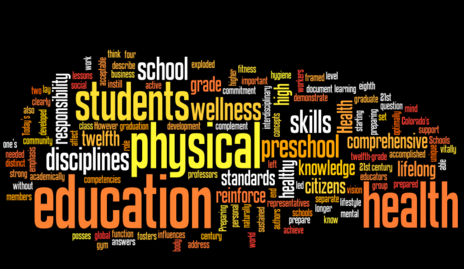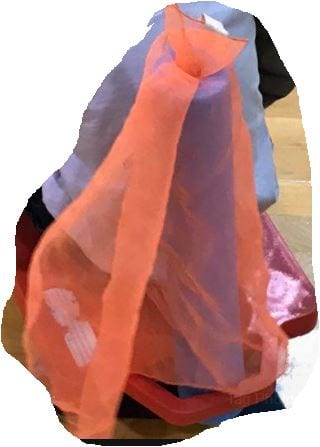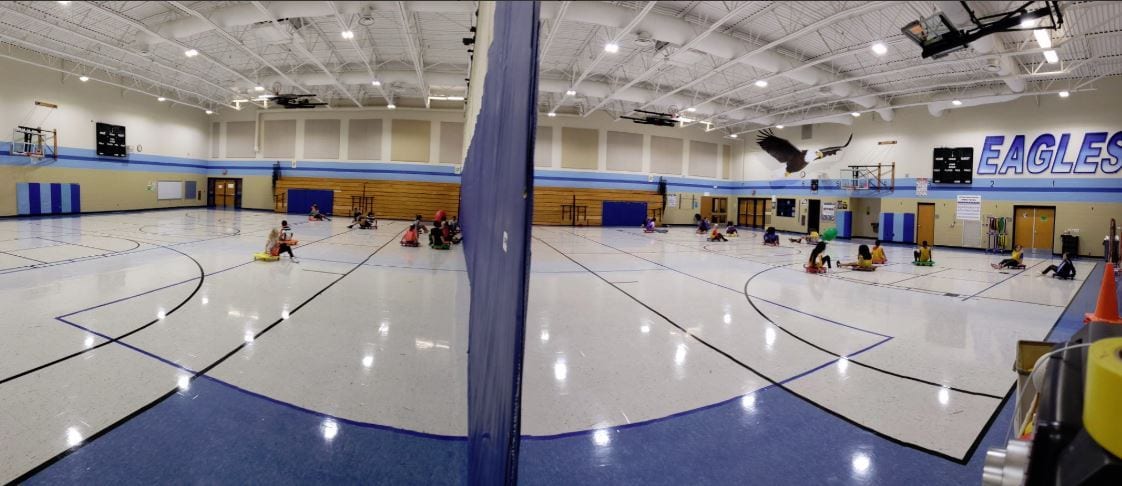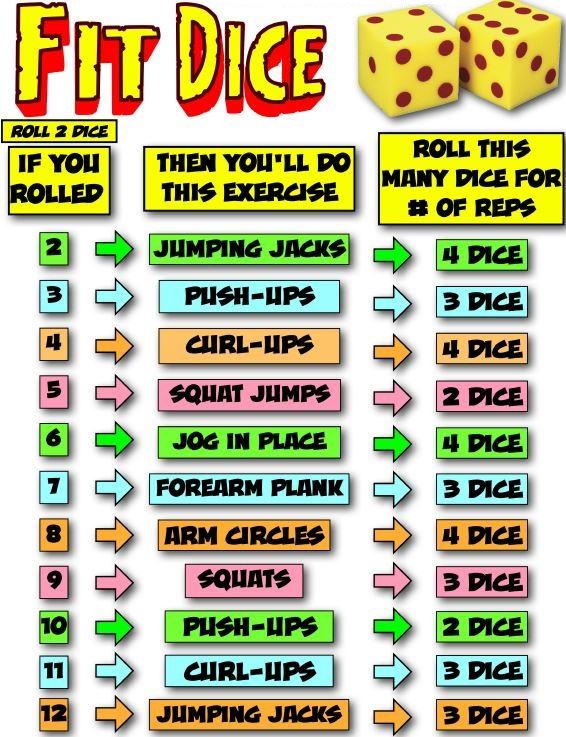| Scooters/Roller Racers | |
|
State Standard: 1, 3 |
|
| Equipment: One Scooter/Roller Racer per student. | Grade: K-2 |
| Purpose of Event: Locomotor Movements. Manipulatives and Control | |
| Organization:
Form equal teams of four to five player. Have each team sitting in a single-file formation at the mid-court of the gym. The first person in each line has a scooter. On signal “go” each player in turn performs the following tasks as they move toward a cone marker on the opposite end of the gym. Each player moves around the cone marker and back to his/her team. As the player returns he/she then hands off the scooter and the next player in line takes his/her turn. The original player then moves to the back of the line. Scooters:
ROLLER RACERSEQUIPMENT: One roller racer per squad and cone markers ACTIVITY: (15-18 min.) Organization: same as the scooters, except the course is one lap around the gym. You may set up scones to make the track. Roller Racers:
|
|
| Concerns: Must be able to move in general space safely and while on the scooters/roller racers. | |
| This idea is from: myself | |





